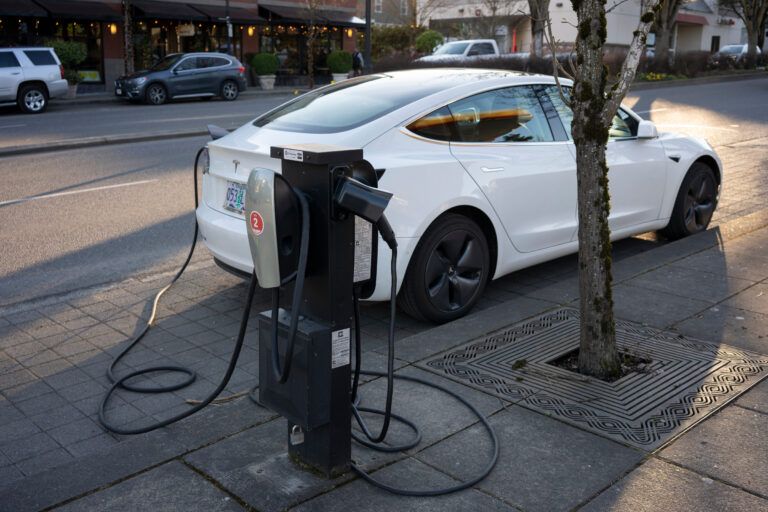US Transportation Secretary Sean P Duffy has revised guidance for EV charging deployment with the aim of giving states more flexibility and reducing regulatory requirements.
The updates to the National Electric Vehicle Infrastructure (NEVI) Formula Program are aimed at ensuring charging stations are built and federal funding is spent effectively and efficiently. The Interim Final Guidance is effective immediately while FHWA seeks comment on what further changes may be appropriate.
“If Congress is requiring the federal government to support charging stations, let’s cut the waste and do it right,” said Duffy. “Our revised NEVI guidance slashes red tape and makes it easier for states to efficiently build out this infrastructure. While I don’t agree with subsidizing green energy, we will respect Congress’s will and make sure this program uses federal resources efficiently.”
NEVI was established to fund States’ deployment of EV charging infrastructure. The program has faced implementation challenges, with some claiming that previous requirements were difficult to understand and implement.
Earlier this year, Secretary Duffy and the Federal Highway Administration (FHWA) launched a review of the program’s guidance to make the NEVI program more efficient. At the time of the review, 84% of NEVI Formula program funds remained unobligated.
Under the Interim Final Guidance, States should submit their EV Infrastructure Deployment Plans within 30 days of the date of this guidance.
The revised guidance minimizes the content in state plans to statutory and regulatory requirements. It simplifies the state plan approval process and aligns community engagement with regulatory requirements while reducing consultation requirements to advance projects.
The new guidance provides states with flexibility to determine the appropriate distance between stations along alternative fuel corridors to allow for reasonable travel. It minimizes requirements for states to consider electric grid integration and renewable energy considerations.
The updated guidance is aimed at accelerating project delivery by encouraging selection of charging locations where station owners are also the site host. It eliminates requirements for states to address consumer protections, emergency evacuation plans, environmental siting, resilience and terrain considerations.
The revised guidance provides states with more flexibility to determine when their system is built out, allowing NEVI funds to be used on public roads statewide.
Previous guidance included requirements for community engagement and equity considerations. For example, plans were previously required to be “developed and updated through engagement with rural, underserved, and disadvantaged communities to ensure that diverse views are heard and considered throughout the planning process, and to ensure that the deployment, installation, operation, and use of EV charging infrastructure achieves equitable and fair distribution of benefits and services.”





